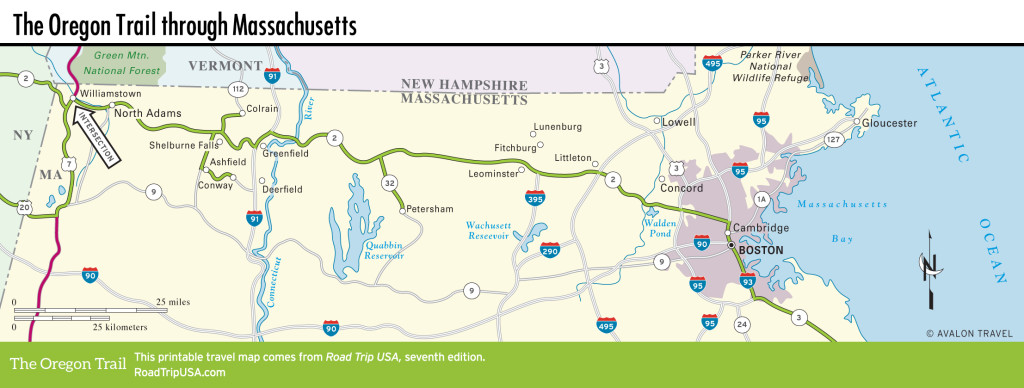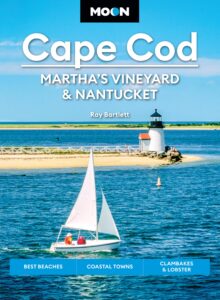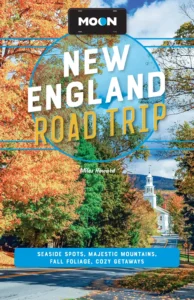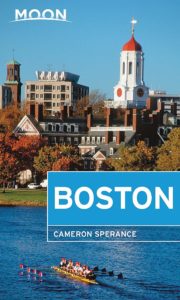Cambridge
Driving to Boston
From Concord, the remaining dozen miles when driving to Boston are most quickly devoured along Route 2, although you can take slower Route 2A if you wish to follow the footsteps of those retreating British redcoats. Either way will bring you to the same gateway for the metropolitan area.
Following US-3 will bring you in through wealthy Winchester and eventually onto Memorial Drive along the Charles River, past the campuses of Harvard and MIT. But unless it’s 3am and the roads are all clear, you would be well-advised to leave your car in the gigantic Alewife T subway station commuter parking garage (about $9 a day) at the junction of Route 2, US-3, and Route 16 in Arlington, and use the subway to get around the city.
Cyclists note: From the Alewife T, the nice Minuteman Bikeway follows the bed of the old Boston & Lowell Railroad between Cambridge and the edge of Concord—10 idyllic car-free miles.
Driving directions across downtown Boston are basically a waste of time; signs are few and traffic is chaotic, and anyway you’ll need to keep your eyes firmly on the road.
Visting Cambridge
One last stop before you hit Boston proper is erudite Cambridge (pop. 110,651). The inseparable sibling to the big city is best known for its top universities, Harvard and Massachusetts Institute of Technology. Cambridge is a liberal, earthy, and open-minded foil to the big money and social pretension that so often characterize its big brother across the water.
The two universities and their many fine museums (especially Harvard, which boasts world-class collections in the Fogg Art Museum, the Arthur M. Sackler Museum of Far Eastern Art, and the Peabody Museum of Archaeology and Ethnology) are the main draws for visitors, but the “town” away from the “gown” is equally worth exploring, despite the recent outbreak of chain-store disease around Harvard Square. One of the most beautiful gardens in the Boston area is Mount Auburn Cemetery, along the Charles River in western Cambridge: 175 acres of trees, hills, paths, and memorials marking the mortal remains of such luminaries as Henry Wadsworth Longfellow, Winslow Homer, and Buckminster Fuller.

















